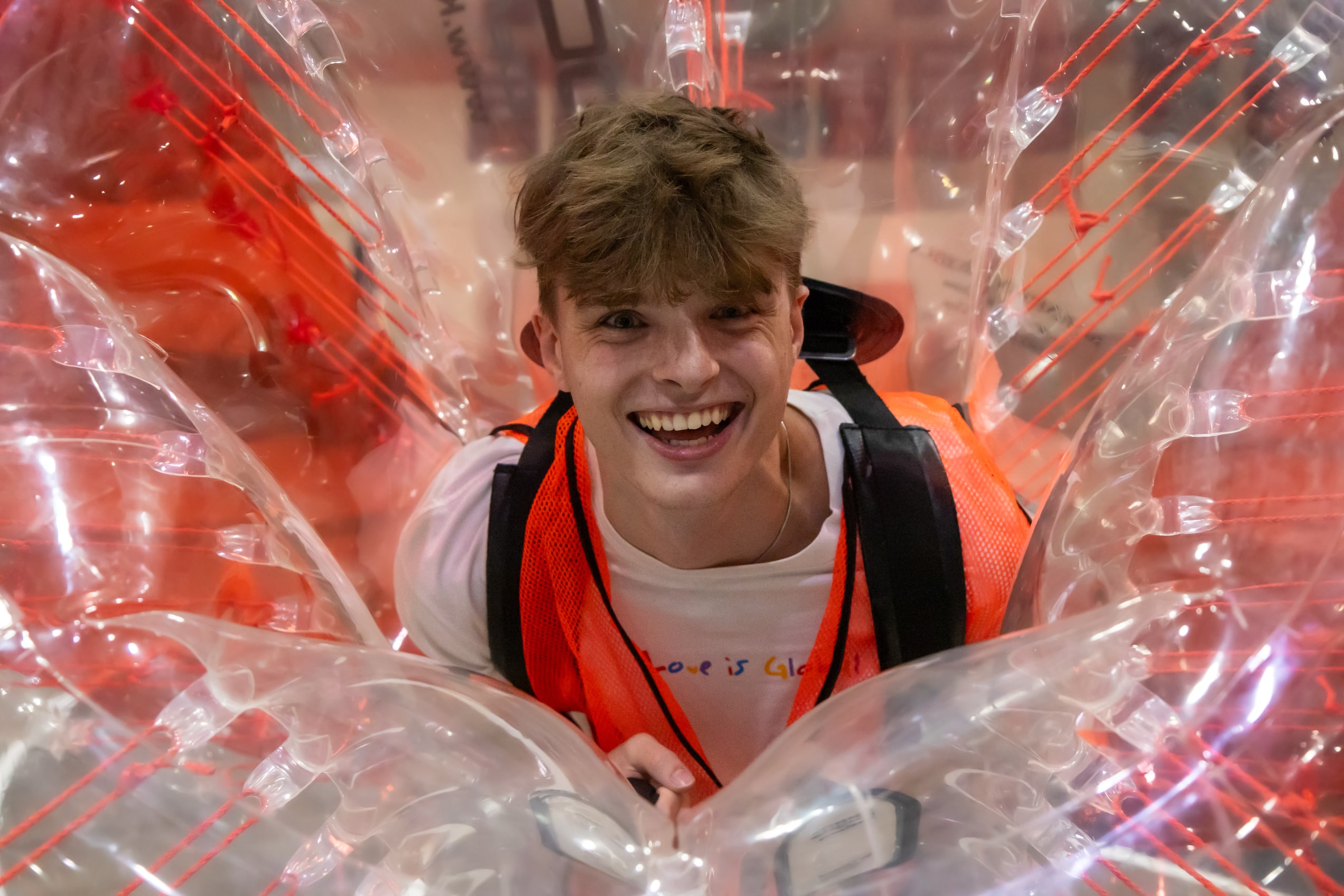Campus Ministry
As our vision statement proclaims, Milligan is a place where Jesus Christ is exalted. We believe God has a unique plan for each of our lives—for our hearts as well as our minds. Together we can form a new generation of Christian leaders who are intellectually and spiritually prepared to change lives and shape culture.
Milligan University is a Christian liberal arts university that encourages our students to be thinking and acting Christians. Part of the educational process is to provide students with a working knowledge of diverse subjects and viewpoints and to encourage students to think through these issues from a Christian worldview. This does not mean that Milligan University endorses all viewpoints presented but believes the presentations and resulting dialogues are important to the educational process of developing Christian servant-leaders.
Campus Ministry Opportunities
Worship
Regular Thursday chapel services, special events, and Vespers, an informal, student- led time of worship, teaching, and fellowship.
Worship
Milligan University seeks to offer opportunities for students to honor God through worship, and to encourage each other to attitudes and actions that reflect the character of Jesus. These opportunities include regular Thursday chapel services, special events, and Vespers, an informal, student-led time of worship, teaching, and fellowship.
Connect
Students are encouraged to participate in a variety of ministry clubs or small groups that challenge each other to grow as disciples of Jesus.
Small Groups
Small groups at Milligan allow students to experience genuine fellowship with other students, share corporate prayer, and study the Bible together. Campus Ministry initiates all small groups on campus with most groups organized by Vespers and FCA. A student seeking more information concerning placement or types of groups available should speak to the Campus Minister.
Serve
Convocation, regular service opportunities, and mission trips that challenge students to grow as servant-leaders.
Serve
At Milligan, Campus Ministry seeks to prepare all of its students as members of the Church who serve each other and the world around them. Through Convocation, regular service opportunities, and mission trips, Milligan seeks to both introduce students to servant-leaders from a variety of settings, as well as challenge students to take part in current and future servant-leadership opportunities.
Spiritual Formation Program
We believe that leadership is about service. Milligan therefore encourages students to reach out to influence lives and the world around them. Students are encouraged to become servant leaders through mission and service projects, and many classes incorporate service learning into the classroom. On short-term mission trips, in worshiping and participating in local churches, and in serving the community, Milligan students become more aware of their culture and the world in which they will minister.
Service
The LINC Volunteer Center links the needs and interests of Milligan University students to the needs of the community. They bring an awareness of volunteer events to the student body and promote campus unity.
Milligan University encourages student involvement in local congregations. Local churches welcome Milligan students and seek to provide them with opportunities for service and fellowship. Interaction with Christians of different outside the Milligan University Community is a valuable experience especially for those who are unable to return home on a regular basis. Students are able to development their faith while sharing and serving local congregations.
The Student Life Team is a committee of the Student Government Association (SGA) that works in conjunction with the campus minister. Any student may get involved with the group and help in the preparation of several campus events designed for faith development. Some of these events may include Vespers services, small groups, prayer vigils, retreats, and special emphasis weeks.





